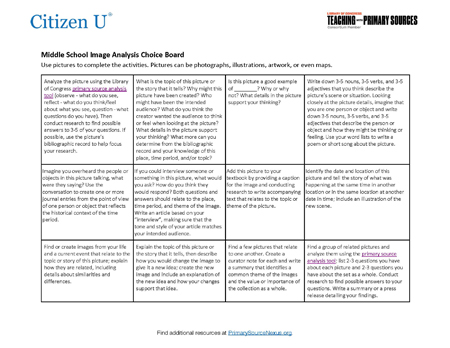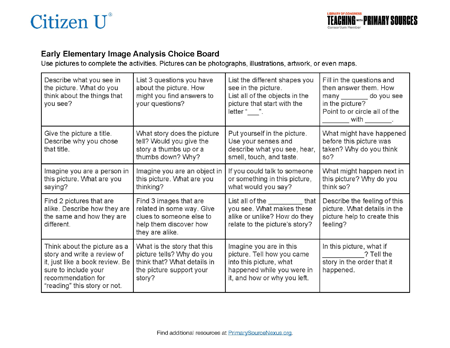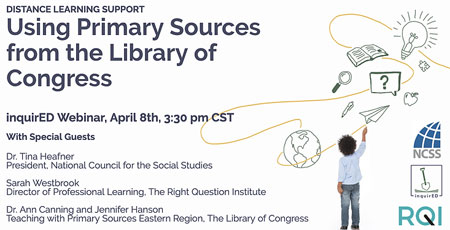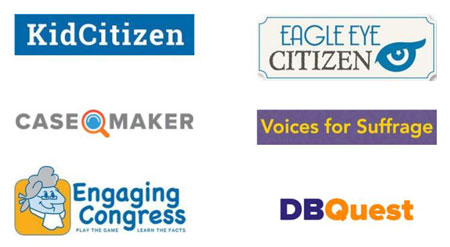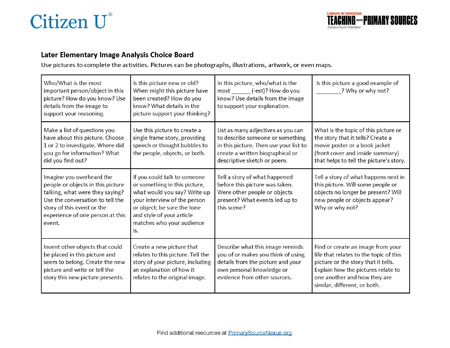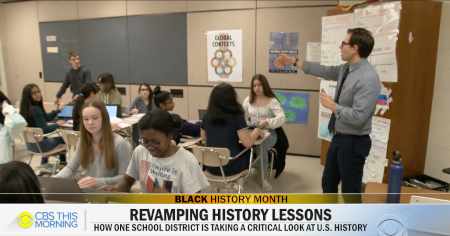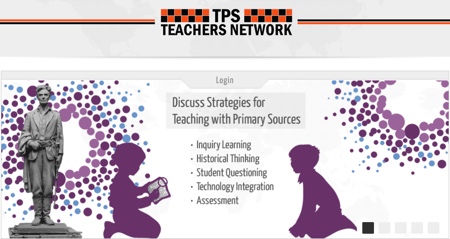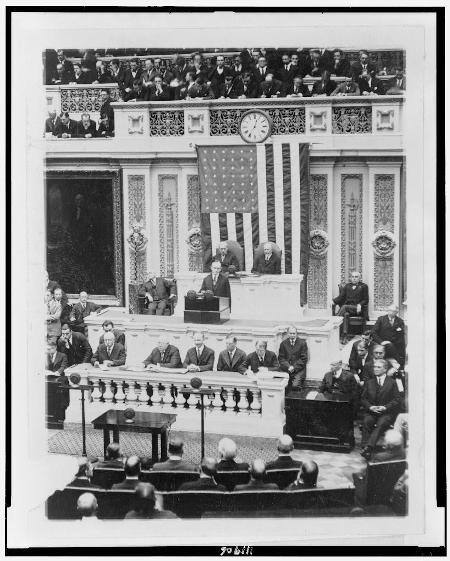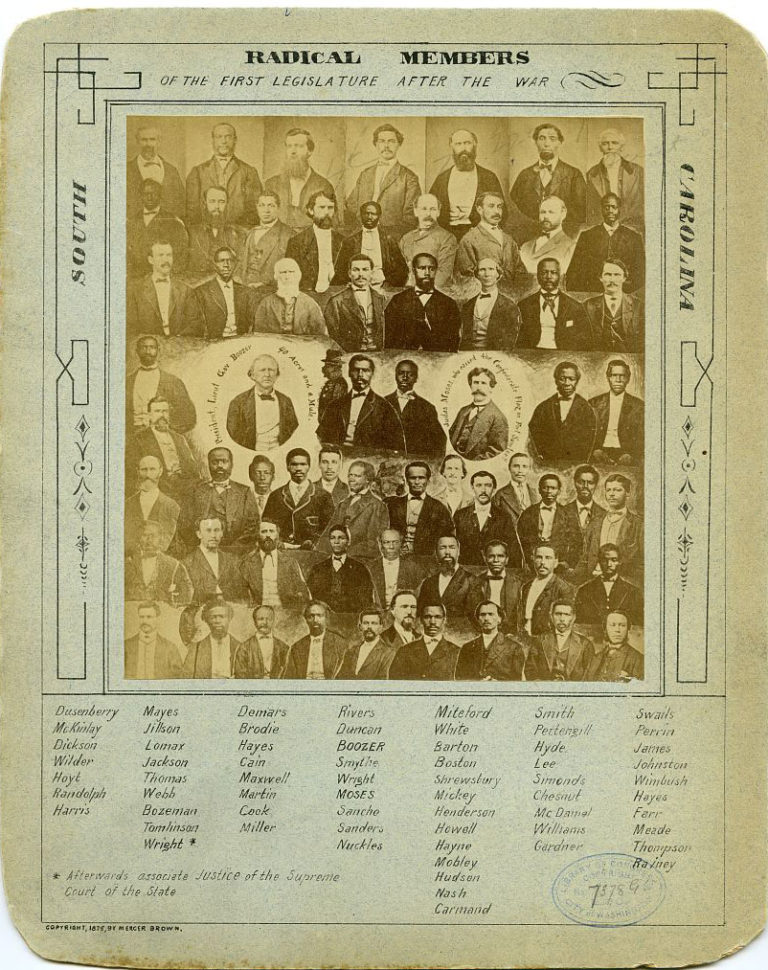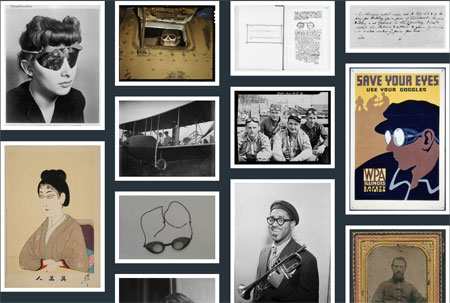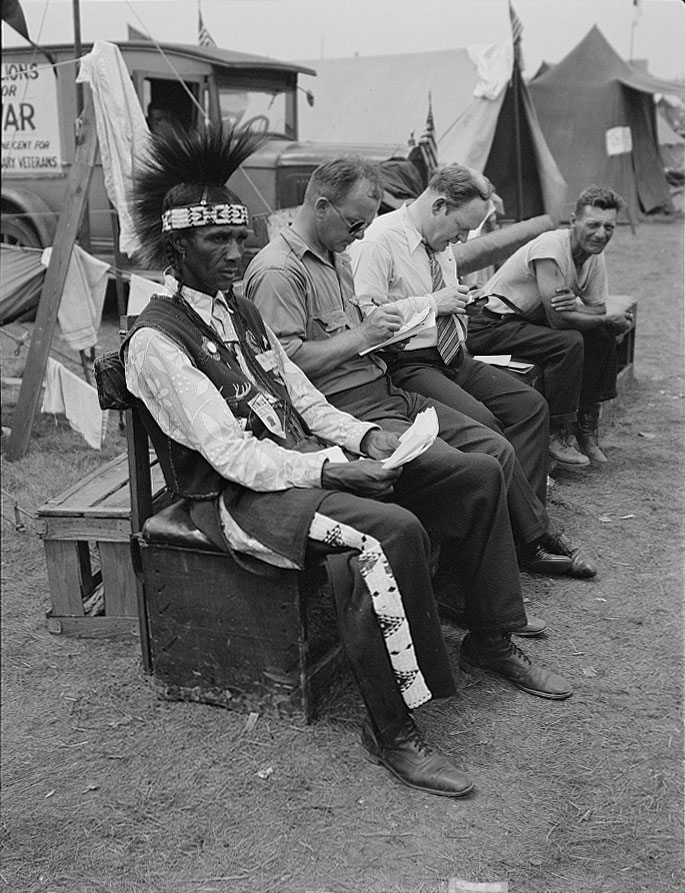Analyzing Primary Sources: Middle School (6-8) Image Analysis Choice Board
This choice board is targeted to students in grades 6-8 They may use images found in the home; in newspapers, magazines or books; on television (if there is a pause feature); or online to complete the activities and may write or record (audio or video) their responses. If students have online access, below are several…

